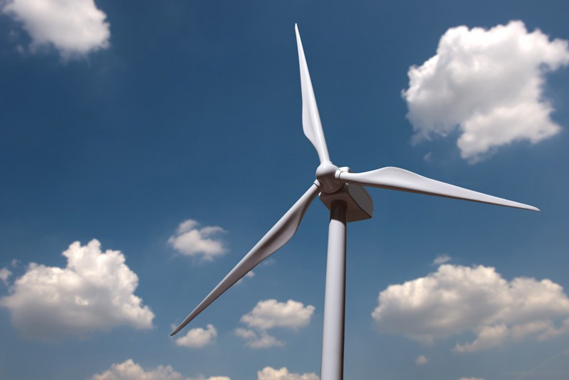More news
- Asian paint regulatory round up – Indonesian exterior paint still uses lead, warns W...
- Nigeria’s paint industry navigates regulatory changes and economic challenges amid p...
- Focus on the global coatings market: Global coatings market outlook
- Ask Joe Powder – October 2024
- Chinese paint majors look to domestic consumer sales as commercial real estate slumps

With innovative material solutions, Covestro wants to push the boundaries of wind energy technology to boost the profitability and performance of wind turbines and support the further expansion of this renewable energy. The company has now received the important DNV certification for a polyurethane (PU) infusion resin that will be marketed in Europe, The Americas, Middle East and Africa. The unique resin allows for a cost-effective production of rotor blades. A few years ago, a PU resin developed by Covestro in China also passed the audits of the DNV Society. The classification is recognised worldwide and eases market access.
"The certification brings us one big step closer to our goal of making wind power generation more efficient," says Dirk Soontjens, who coordinates the global wind power programme at Covestro. "At the same time, we are underscoring our global reach and desire to help wind turbine manufacturers around the world adopt this cost-effective, durable and sustainable solution. For this purpose, we operate expert laboratories in Shanghai and Leverkusen and are currently scaling up more production capacity for the newly certified resin."
Advantages over epoxy resins
"The rotor blades are manufactured from the PU infusion resin and fibreglass meshes under vacuum in a process we developed together with our partners," explains Klaus Franken, who is responsible for the development of processing technologies. "Due to the high infusion speed combined with faster curing and significantly lower heat release of the PU resin compared to the commonly used epoxy resins, the productivity of rotor blade production can be significantly increased."
The DNV certification mark also confirms the good mechanical properties of the resin in rotor blades for wind turbines. This opens up opportunities for design optimisation to produce lighter and longer blades.
Working with customers in the wind power value chain, Covestro offers materials that not only inspire innovation in wind turbine design but also help boost the efficiency of wind farms on a larger scale. In addition to polyurethane resins, these include raw materials for protective coatings, including those for leading edges of rotor blades, and elastomers for guiding submarine cables.
A pillar of the circular economy
Renewable energy sources, such as wind energy, are becoming an increasingly important alternative to fossil fuels. In addition to developing innovative material solutions for wind turbines, Covestro aims to continuously enhance its production processes and energy systems to pave the way for a climate-neutral future. This is also a key pillar of a global programme to fully align the company with the circular economy.
This also includes securing Covestro´s own energy supply from renewable sources. That’s why the company has signed a supply agreement with the energy provider Ørsted to supply its German sites with green electricity starting in 2025. A contract has now also been signed with the Belgian utilities company ENGIE to supply the Antwerp site from its wind turbines, starting as early as April 1, 2021.



